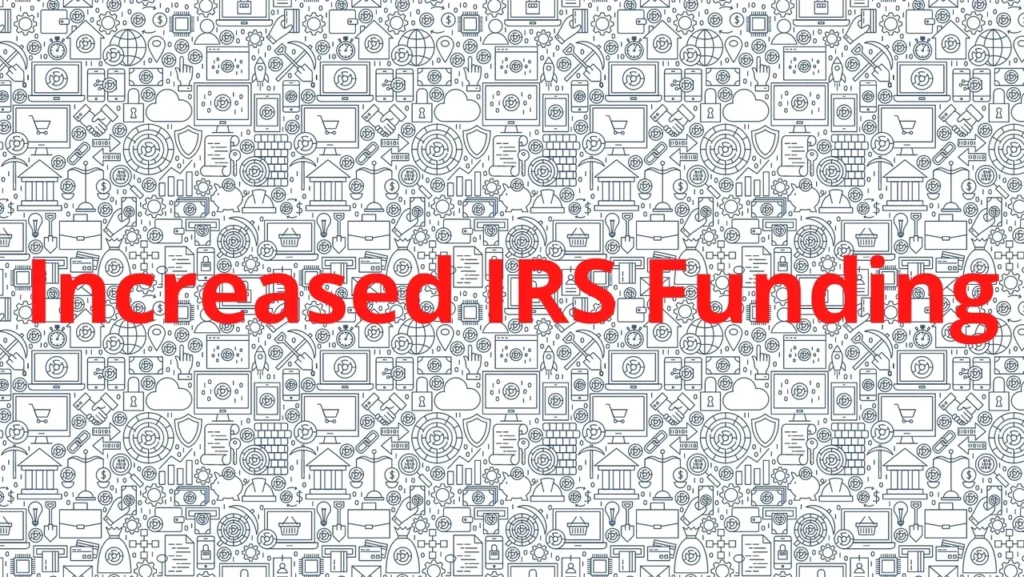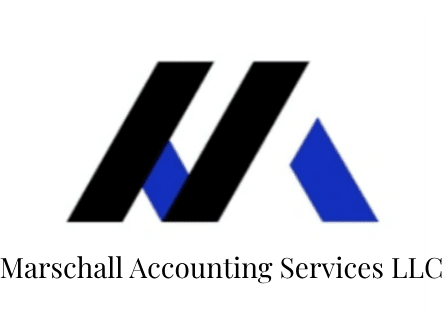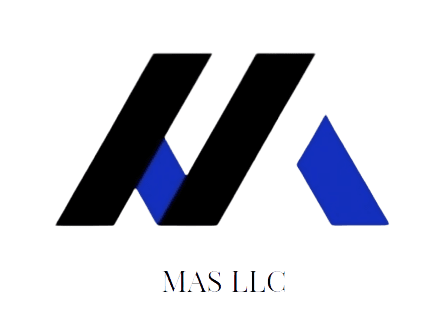Article: IRS Increased Funding-What This Means for Taxpayers
Category: IRS

Fearmongering language has been popping up from some public figures regarding the new Congressional bill allotting $79.6 million dollars to the IRS. We will outline what this bill does and, more importantly, does not mean.
One: The IRS is Not Bringing Guns to Middle Income Taxpayers Homes
Approximately $46.5 billion of the funds will go towards enforcement. Most IRS agents do not carry guns. Those agents with the IRS Criminal Investigation units are the only agents carrying firearms. These are not the agents assigned to check on a legitimate Home Office Deduction claimed on a Schedule C.
Two: The Bulk of IRS Audit Activity Will Target High-Income Taxpayers and Businesses
1. The more money a business or individual makes, the higher taxes are avoided or evaded through the strategic use of deductions; legitimate deductions—taxes avoided, fraudulent deductions—taxes evaded.
2. There is an annual $600 billion gap between taxes paid and owed by the wealthy.
3. The IRS Chief states that the U.S. Government is losing around $1 trillion in unpaid taxes each year.[1]Our taxes pay for government debt, Social Security, Medicare, national defense, veterans’ benefits, education, infrastructure, government employee wages, and a multitude of other expenses. If legitimate taxes due are not collected, those honest in their tax dealings will only see their tax rates increase to cover these expenditures. The choice of what the US Government does with tax money can be influenced by taxpayers at the ballot box. Vote!
4. The IRS will invest in new tools to identify high earners evading taxes.
5. These increased audits will result in an increase of $204 – $400 billion in increased revenue over a decade. See #3 above to understand this importance.
6. If taxpayers take only legitimate tax deductions, report all earnings completely and accurately, and keep substantiating documents, they will pass potential audits, whether they are high-income earners or middle-class taxpayers.
Three: CPAs and Clients Need Better Response Time from the IRS
1. CPAs are given a dedicated IRS Pro Line that is meant to be our fast track to tax issue resolution.
2. As of this writing, if a client needs our firm to call in to the IRS, we need to call the IRS Pro Line a total of 40-50 times to even get a wait time. This requires administrative staff to block out hours to make the calls, enter the taxpayer ID, select the correct menu option and then…be told that “due to unprecedented call volume…” and be disconnected.
3. The additional funding should provide additional agents to help our clients resolve their outstanding tax issues.
Four: How Middle-Income Taxpayers Can Decrease Audit Likelihood
1. Be honest.
2. Schedule C traps. The Schedule C is where the majority of small businesses report their income. We have written extensively on the Schedule C and the benefits of the deductions and the curse of the Self-Employment tax this schedule triggers. Here is a brief outline of Schedule C best practices:
a. Use accounting software and use it correctly! Hire a bookkeeper if necessary. We cannot stress this enough. Should a client come under audit, having financial information in accounting software such as QuickBooks can make an audit preparation take a few hours instead of a few months.
b. Report all income, including cash received. If someone pays cash for services and the business does not report it, the payer may take the deduction on their tax return for the amount paid. If the IRS does a dig, they can match up their expense deduction to unreported income on the other taxpayer’s account.
c. Carefully track expenses and upload substantiating documents to accounting software.
i. Keep a mileage log.
ii. Ensure a business checking and credit card is used for all expenses.
iii. Ensure meals have a business purpose and document the purpose in accounting software.
iv. If paying a subcontractor greater than $600, ensure a 1099 is filed by 1/15.
v. Ensure a Home Office space meets the IRS definition of a Home Office.
vi. Beware of self-prepared tax software like TurboTax. The software will let you deduct anything on the Schedule C including non-deductible expenses like work wardrobe, drycleaning bills, luggage for work travel, and a multitude of other deductions that are not deductible in most cases. Work with a reputable CPA.
vii. Do not attempt to run “Hobby” income as a huge loss on the Schedule C. We often see taxpayers who participate in MLMs (Multi-Level Marketing) attempt to pass through thousands of dollars in losses each year. The IRS tracks profitability from year-to-year. It is normal for some businesses to have an initial growth stage where losses are generated. However, the company should eventually make a profit.
viii. Pay estimated taxes and pay them on time. The federal due dates are: 4/15—1st quarter, 6/15—2nd quarter, 9/15—3rdquarter 1/15 (of following year)—4th quarter.
d. Self-employment taxes are painful. This is both the employer and employee portion of Medicare and Social Security taxes. W2 employees pay ½ of these taxes and their employer pays the other half. However, W2 employees never see the funds as they are withdrawn from paychecks, so it is not noticed. Everyone must pay these taxes.
e. Pay sales tax and W2 withholding taxes on time. These are trust accounts and not remitting these taxes is technically a form of theft.
3. Careful return preparation: Do not forgot to include every last tax document on a return! Here are some of the documents that taxpayers most often forget to include. These forms are filed with the IRS, and they have records of a taxpayer receiving them. Omitting one can trigger an account review.
a. 1099-NEC—subcontractor or contractor income reporting.
b. 1099-INT—Interest income. Sometimes these are only a few dollars of bank interest.
c. 1099-B—Brokerage statements from financial advisors stating capital gains and losses.
d. 1099-DIV—Dividend statements from investments.
e. W2—This may seem obvious, but some taxpayers have multiple W2s each year. Ensure each is included.
f. K-1—These forms are generated from multi-member LLCs taxed as partnerships, K-1s from S-Corps filing 1120s, and K-1s from 1041 Estate Tax filings. These are not due to be filed until 3/15 and are often extended. When extended a taxpayer may need to either extend their individual 1040 or file and then amend when the K-1 is available.
Let’s all take a collective breath when it comes to understanding the increased IRS funding. As reiterated above, if a taxpayer accurately reports tax items, pays timely taxes, and keeps detailed records, they will be fine. Audits are painful events but can be passed without issue if the taxpayer follows the above-listed advice.
Contact our offices for more information on taxpayer services.




